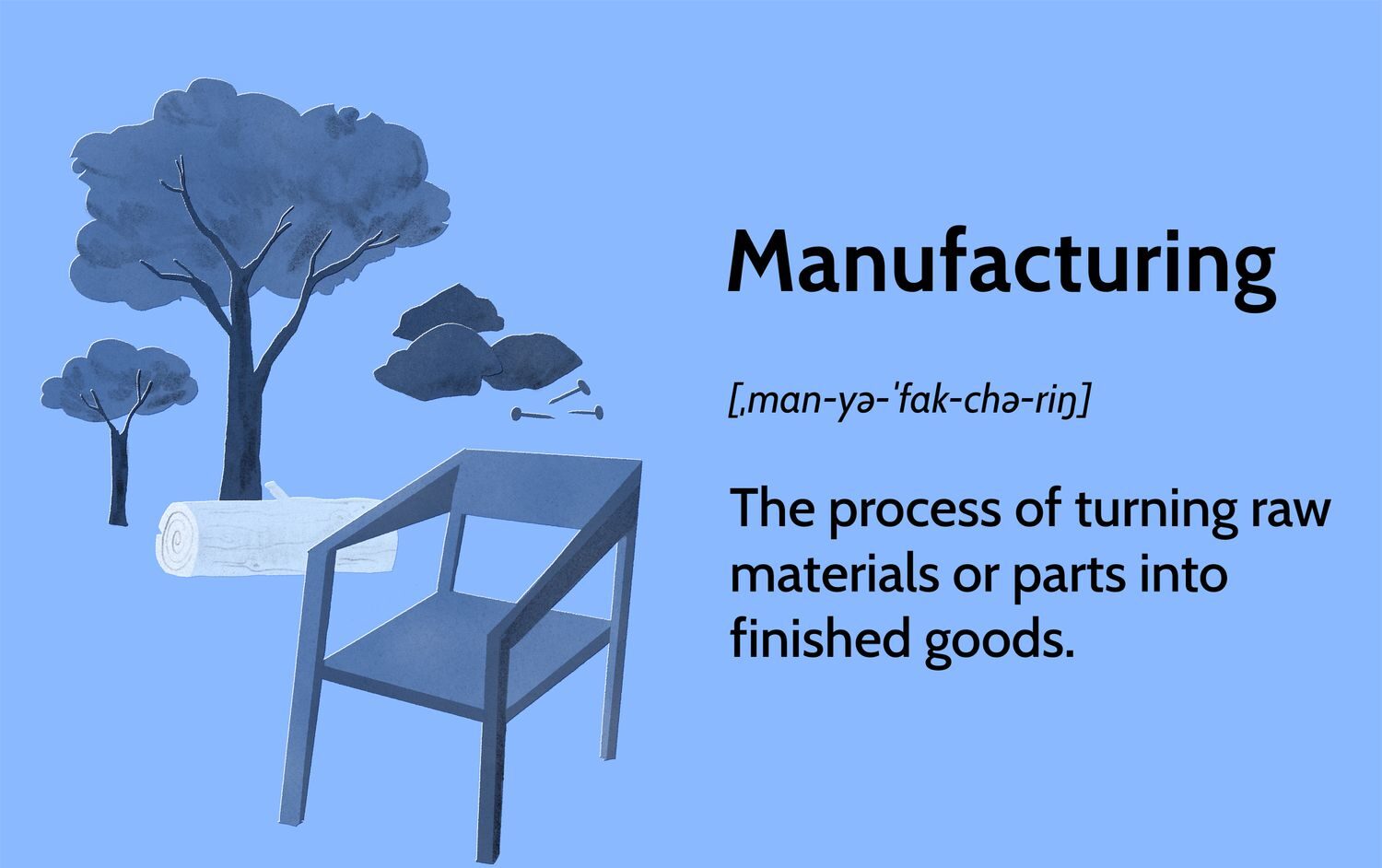In the intricate tapestry of commerce, the relationship between manufacturing, customers, and maximum retail price forms the backbone of any successful business model. This delicate dance involves the creation of products, the discerning choices of consumers, and the establishment of a fair yet profitable pricing strategy. In this article, we will explore how these three elements are interwoven, shaping the landscape of modern commerce.

Manufacturing:
At the heart of any product-driven economy lies the manufacturing sector, the engine that transforms raw materials into tangible goods. The process of manufacturing is a complex symphony that encompasses design, production, quality control, and distribution. Innovations in technology and automation have revolutionized the manufacturing industry, leading to increased efficiency, reduced production costs, and enhanced product quality.
Manufacturers face the constant challenge of striking a balance between producing high-quality goods and controlling costs. The efficiency of the production process directly influences the manufacturing cost, which, in turn, impacts the pricing strategy. To remain competitive in the market, manufacturers must adopt lean manufacturing practices, invest in cutting-edge technologies, and optimize their supply chain management.
Customers:
In the ever-evolving landscape of consumer behavior, understanding the needs, preferences, and expectations of customers is paramount for businesses. The modern consumer is well-informed, tech-savvy, and seeks value beyond just the product. Factors such as brand reputation, sustainability, and ethical practices increasingly influence purchasing decisions.

The era of one-size-fits-all products is long gone, and customization has become a key driver in consumer satisfaction. Manufacturers need to adapt to the demands of the market by offering personalized and flexible solutions. This involves not only tailoring the physical attributes of the product but also providing an immersive and seamless customer experience.
Moreover, the rise of e-commerce has reshaped the way customers interact with products and make purchasing decisions. Online reviews, social media influencers, and digital marketing play pivotal roles in shaping consumer perceptions. Manufacturers must harness the power of these digital platforms to engage with customers, build brand loyalty, and gather valuable feedback for continuous improvement.
Maximum Retail Price (MRP):
The Maximum Retail Price (MRP) is the highest price at which a product can be sold to the end consumer, inclusive of all taxes and charges. MRP is a crucial component in the pricing strategy, as it determines the ceiling beyond which retailers cannot sell a product. Setting an appropriate MRP involves considering manufacturing costs, distribution expenses, taxes, and desired profit margins.
For manufacturers, determining the MRP requires a thorough understanding of market dynamics, competitive pricing, and consumer willingness to pay. Striking the right balance is essential – setting an MRP too high may lead to a loss of customers, while setting it too low may impact profitability. Regulatory bodies often play a role in ensuring that MRPs are fair and transparent, protecting consumers from unjust pricing practices.
The relationship between manufacturers and retailers is also influenced by the MRP. Manufacturers typically provide a suggested MRP, but retailers often have the flexibility to set their own prices within legal limits. Negotiations between manufacturers and retailers involve finding common ground that allows both parties to thrive while maintaining a reasonable price for the end consumer.

Conclusion:
In the intricate web of manufacturing, customers, and maximum retail price, a delicate equilibrium must be maintained to ensure the sustainability and success of businesses. Manufacturers must continually innovate, optimize processes, and adapt to changing consumer preferences. Customers, armed with information and choices, hold the power to shape markets and demand transparency and ethical practices. The Maximum Retail Price acts as a guiding principle, influencing the dynamics between manufacturers and retailers, and ultimately determining the value proposition presented to the end consumer.
In this symbiotic dance, each element plays a vital role, and a harmonious integration of manufacturing efficiency, customer-centric strategies, and fair pricing is the key to long-term success in the dynamic world of commerce.

1 thought on “The Perfect Symbiotic Dance of Manufacturing, Customers, and Maximum Retail Price.”